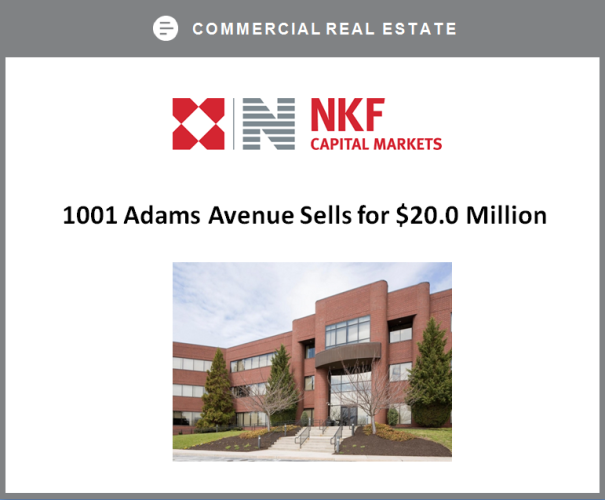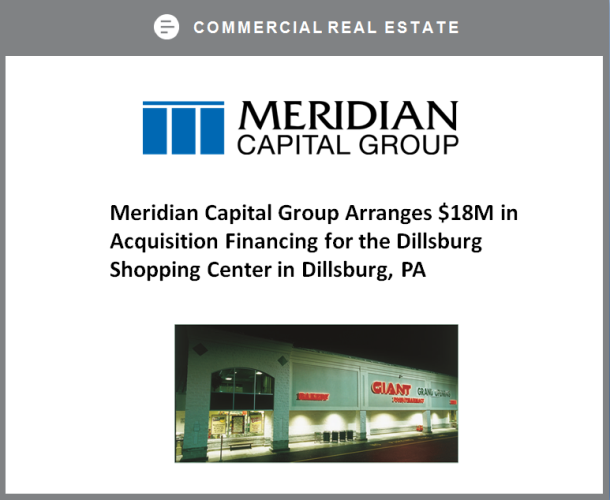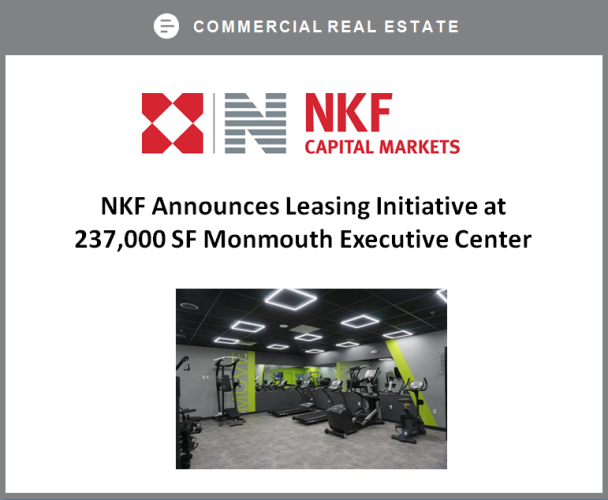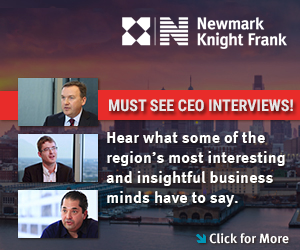The Kraft Heinz Company (NASDAQ:KHC) said all the right things in its strategic transformation plan revealed on Tuesday. The struggling organization's new operating model prioritizes people as well as profits. Organic net sales growth projections of 1% to 2% are expected to improve per-share profits at a pace of 4% to 6%. Product categories have been assigned specific roles within the company's portfolio, and a 30% increase in marketing and advertising spending will be offset by $2 billion worth of "gross productivity efficiencies."
The problem? This is the same basic plan CEO Miguel Patricio was talking about in February of this year (and had hinted at as far back as last year) shortly after he took the helm. These initiatives won't be any easier to accomplish now than they were then, and they still might not get the job done.

IMAGE SOURCE: GETTY IMAGES.
Advertising: Quantity over quality is risky
The transformation plan only calls for two specific numbers-based actions. One of them is a 30% increase in marketing and advertising spending that will fuel growth.
If the figure rings a bell, there's a reason. It's the same figure the company suggested in February of this year when the company's chief offered a little more detail on his plans than he did in Tuesday's unveiling.
It's a number that merits a footnote, though. Namely, Kraft Heinz may not actually be increasing its total spending on promotions. Patricio explained during the fourth-quarter 2019 conference call the company was looking to employ more "working media," meaning consumers could expect to see more action-inducing marketing that directs them to the company's core products. Kraft Heinz would save money by culling the total number of new consumer products it launches. In so doing, it also felt comfortable enough to cut the number of ad and creative agencies it works with in half. Patricio's plan also called for reductions in market research spending. They all lower net costs.
Every business decision has an outcome though; many have more than one. In reducing spending on ad agencies and R&D, it's arguable Kraft Heinz is also -- ultimately -- undercutting itself. Consumers are fickle, savvy, and increasingly tough to connect with.
In short, Kraft Heinz's marketing plan is a big all-in bet that it's going to reach the right consumers in the right way at the right time with less data support and a narrower product focus than it's employed in the recent past. Big risk.
No costs left to safely cut
The transformation plan's other specific component is $2 billion worth of productivity efficiencies identified by the company's operations center. Specifics of this cost-cutting plan weren't offered, but that's a pretty tall order given Kraft Heinz's current fiscals and, perhaps more important, its recent history.
On the fiscal front, the company's costs for the $25.4 billion worth of sales driven over the course of the past four reported quarters is right at $17 billion, a figure that hasn't wavered much since 2016. Operating expenses are relatively static too, totaling $3.4 billion for the past 12 months. That's 67% and 13% of revenue, respectively, closely mirroring -- although already slightly below -- total spending levels of rival food names General Mills (NYSE:GIS) and Mondelez International (NASDAQ:MDLZ). Mondelez's cost of revenue for the past four quarters is 61% while operating expenses eat up nearly 25% of sales. General Mills spends 65% of its revenue on the production of its products and another 18% on operating expenses.
In other words, Kraft Heinz is already running leaner than its competition. Finding more savings that don't do more damage than good won't be easy.
In the same vein, investors would be wise to remember that Patricio took over Kraft Heinz in early 2019 only after 3G Capital ceded control of the company -- after arguably running it into the ground with ill-advised cost-cutting.
The saga ultimately started in 2013, when Berkshire Hathaway and private equity outfit 3G Capital orchestrated an acquisition of Heinz and then merged it with Kraft in 2015. The plan was to achieve synergies through scale. In other words, cut costs to the bone. 3G partner Bernardo Hees was tapped as CEO of the newly melded entity in 2015 (and led Heinz beginning in 2013). Though new to the packaged food game, Hees had the one qualification 3G really wanted: He was willing to cut any expense he could if it meant improving profitability.
That aggressive cost-cutting is widely cited as the reason Kraft Heinz has been struggling ever since Kraft and Heinz merged. Even so, those cost cuts were still in place when Miguel Patricio took over early last year.
Bottom line
Never say never, of course. Patricio knows the details that weren't divulged on Tuesday. He also has more specifics on where the company's money is currently going. Anything's possible.
Given the circumstances, though, Kraft Heinz's turnaround isn't easy to believe in. It's long on themes and premises, but it doesn't connect all the dots investors need to see connected after years of deteriorating results.






